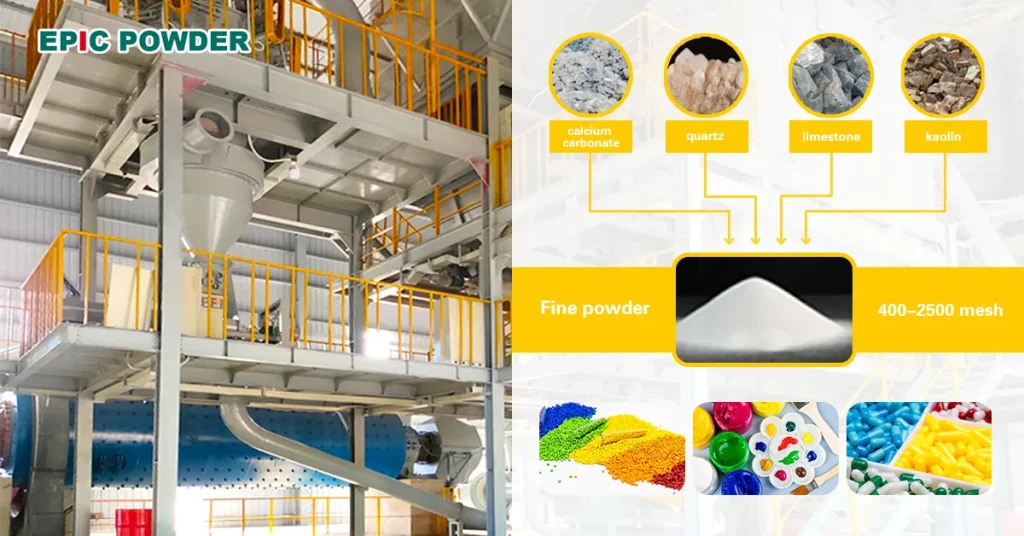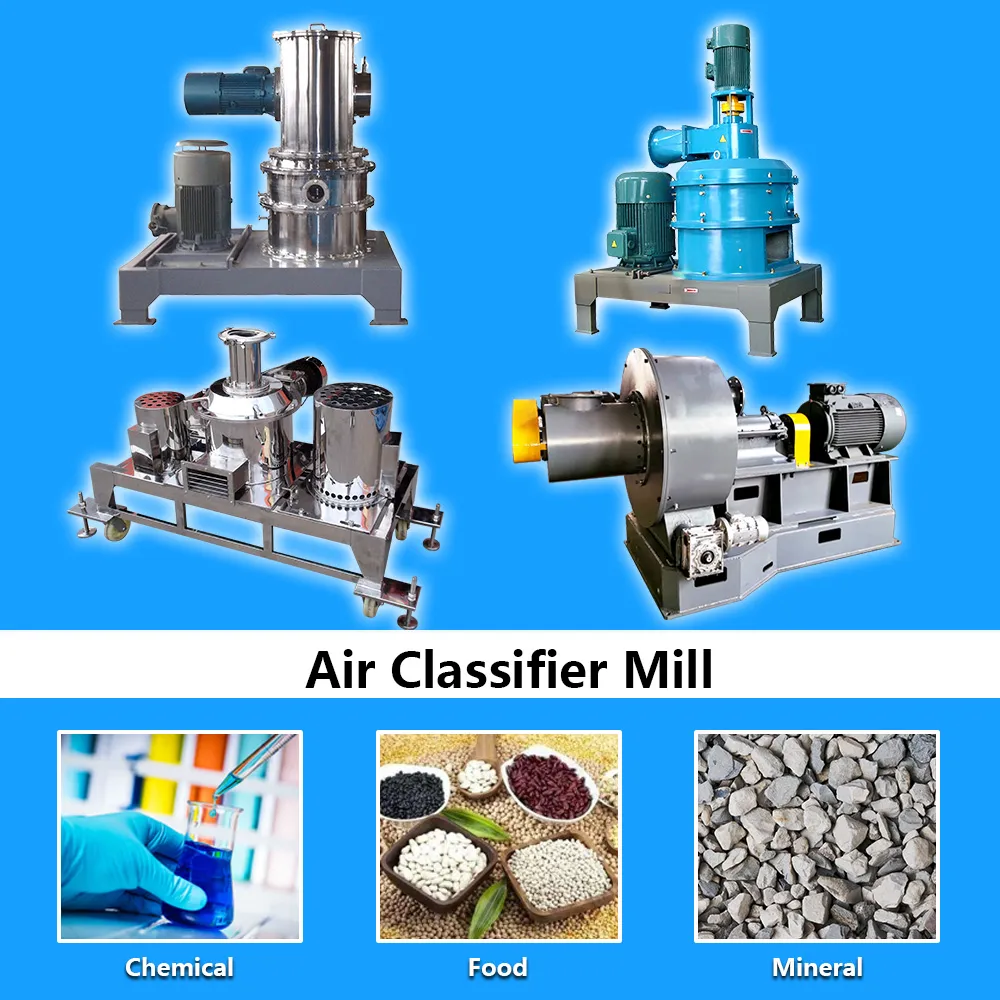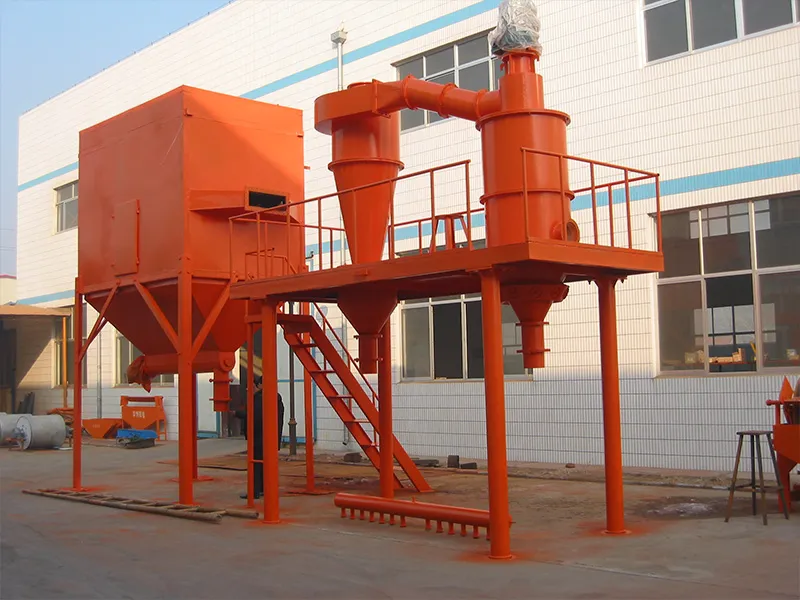Whether a grinder operating at 1400 RPM grinds material slowly depends on multiple factors. It includes but not limited to the material properties, equipment design, operational and maintenance practices. Also we need to consider the specific relationship between rotational speed and grinding effectiveness. Below is a detailed analysis of these factors:
Material Properties
The hardness, moisture content, particle size distribution, and viscosity of the material directly affect grinding efficiency and discharge speed. For example, harder materials may require higher rotational speeds to provide sufficient impact force. Materials with high moisture content tend to adhere inside the grinding chamber, potentially blocking the discharge passage and reducing output speed.

Equipment Design
Rotational Speed and Grinding Effect: Generally, higher rotational speeds result in faster grinding. Take an example, when they generate greater impact, shear, and friction forces, accelerating the grinding process. However, excessively high speeds may lead to over-impact and friction, generating excessive heat that could alter material properties or even damage the equipment. This can reduce grinding efficiency. Therefore, rotational speed should be adjusted based on material characteristics and grinding objectives.
Equipment Structure: The grinder’s structure, grinding chamber size, rotor speed and shape, as well as screen aperture size and material, all influence grinding effectiveness and discharge speed. For instance, screens with overly small apertures can slow down discharge. It affects overall grinding speed, while low rotor speeds may result in poor grinding performance.
Operation and Maintenance
Improper Operation: Failure to follow the operational manual for startup and shutdown, or not adjusting equipment parameters according to material properties, can lead to reduced equipment performance, affecting grinding and discharge speed.
Poor Maintenance: Neglecting regular cleaning and maintenance, such as not replacing worn belts, blades, or screens in a timely manner, can also degrade equipment performance and impact grinding speed.

Optimizing Rotational Speed and Grinding Effectiveness
Adjusting Rotational Speed: When processing materials with different properties, the rotational speed should be adjusted according to material characteristics and grinding goals. The optimal speed range can be determined through experimentation or by referring to the manufacturer’s recommendations to achieve the best grinding results.
Optimizing Equipment Structure: Based on material properties and grinding requirements, rationally design the grinder’s structure. For example, adjusting screen aperture size and optimizing rotor speed and shape, to improve grinding efficiency and discharge speed.
Enhancing Operation and Maintenance: Strictly follow the operational manual for startup and shutdown procedures, and adjust equipment parameters according to material properties. Meanwhile, strengthen regular cleaning and maintenance to ensure the equipment operates under optimal conditions.
In summary, whether 1400 RPM is too slow for a grinder cannot be generalized. It requires comprehensive consideration of material properties, equipment design, operational and maintenance practices. Also it affects the specific relationship between rotational speed and grinding effectiveness. If slow grinding speed is encountered in practical applications, troubleshooting and optimization can be conducted based on the above aspects.
About Epic Powder
At Epic Powder, we specialize in providing advanced grinding and milling solutions tailored to a wide range of industrial applications. Our equipment is engineered for high efficiency, precision, and durability, ensuring optimal performance across various material types and operational conditions. With a focus on innovation and customer-centric support, Epic Powder helps businesses achieve superior productivity and consistent product quality.

